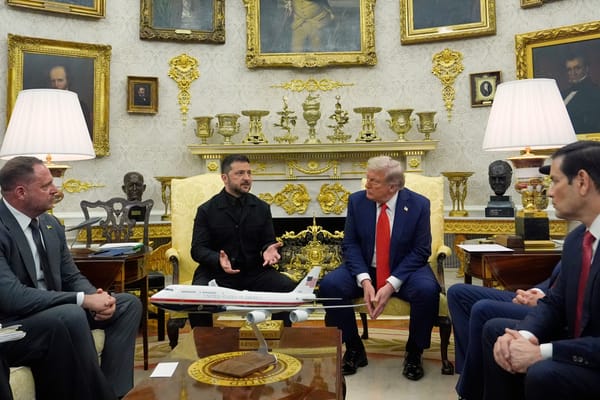Amid all the talk of “breakthroughs” in the swirl of summitry to settle the Ukraine war over the past several days, by far the biggest was the recognition, at long last, that none of the players in this long-running tragedy will be secure until they all are. Achieving that goal—simple in concept but devilishly difficult to operationalize—will be the central focus of peacemaking over the coming days and weeks.
The dawning of that reality began several weeks ago, as the Trump administration wrestled with frustration over Russia’s refusal to agree to an unconditional ceasefire as the first step in ending the war. Many advocated ratcheting up economic and military pressure on Putin simply to “stop the killing,” but what brought Putin to Alaska was almost certainly not the threat to double down on the Biden administration’s failed attempts to coerce Russian capitulation. Rather, it was Trump’s willingness to test Russia’s insistence that it would talk peace if the Americans were willing to address what Russia called the “root causes” of the conflict—a euphemism for Russia’s insistence that Ukraine’s membership in NATO and hosting of NATO forces must be proscribed. When Trump’s negotiators dropped their focus on a ceasefire in favor of a framework deal that would codify compromises over key substantive matters, the path toward the Alaska meeting quickly opened.
